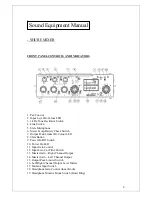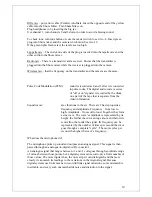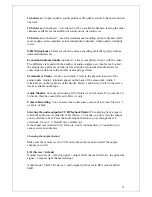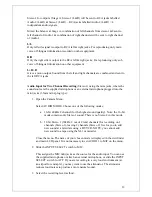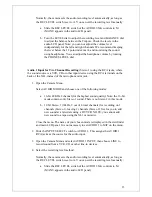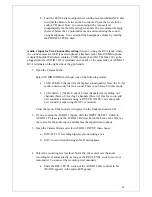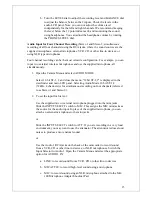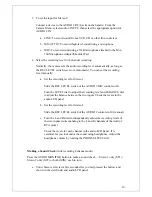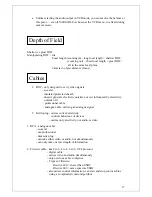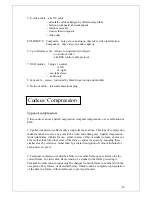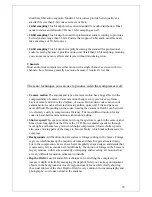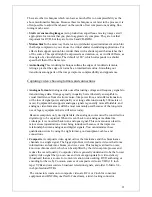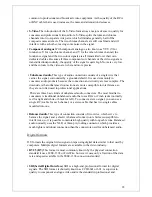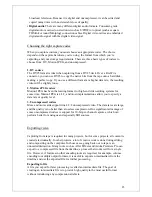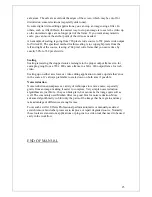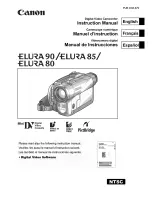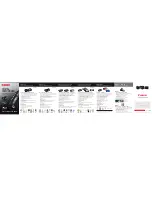
common to professional and broadcast video equipment. As the quality of the RCA
or BNC cable that is used increases, the noise and attenuation decreases.
• S-Video
The introduction of the S-Video format was a major advance in quality for
consumer and professional video editors. S-Video splits the luma and chroma
channels into two separate wire pairs, which eliminates generally half of the
composite noise artefacts. The two chroma channels are still combined and still
interfere with each other, leaving some noise in the signal.
• Component analogue
With component analogue, also known as YUV (Y for
luminance, U for one chroma channel, and V for the other chroma channel) the
luminance signal and the two colour signals are all transmitted over their own
dedicated cables. Because all three components or channels of the video signal are
transmitted independently, the quality of the signal is quite high. Noise is very low
and the colours in the video are richer and more precise.
• Unbalanced audio
This type of audio connection consists of a single wire that
carries the signal, surrounded by a grounded shield. It is used commonly in
consumer audio products because the connection and circuitry are less complex. The
downside is that unbalanced connections are more susceptible to interference, so
they are not often used in professional applications.
There are three basic kinds of unbalanced audio connectors. The most familiar to
consumers is traditional unbalanced audio that uses RCA or Cinch jacks (normally
red for right and white or black for left). To connect a stereo signal, you can use a
single RCA cable for each channel, or a stereo cable that has two single cables
moulded into one.
• Balanced audio
This type of connection consists of two wires, which serve to
balance the signal, and a shield. A balanced connection is far less susceptible to
interference, so it is possible to maintain high quality with long cable runs. Balanced
audio normally uses the XLR, or three-pin, locking connector, which provides a
much tighter and robust connection than the connectors used for unbalanced audio.
Digital formats
DV formats the original video signal on tape using digital data similar to that used by
computers. Multiple digital formats are available in the video industry.
• DV25 (DV)
This format is most commonly known by the physical connection
standard it uses, IEEE-1394 or FireWire, however it uses only a fraction of the data
rate and speed available in the IEEE-1394 connection standard.
22
• SDI(Serial Digital Interface)
SDI is a high-end, professional format for digital
signals. The SDI format, technically known as CCIR-601 or 601, is superior in
quality to component analogue video and is the standard in professional and

